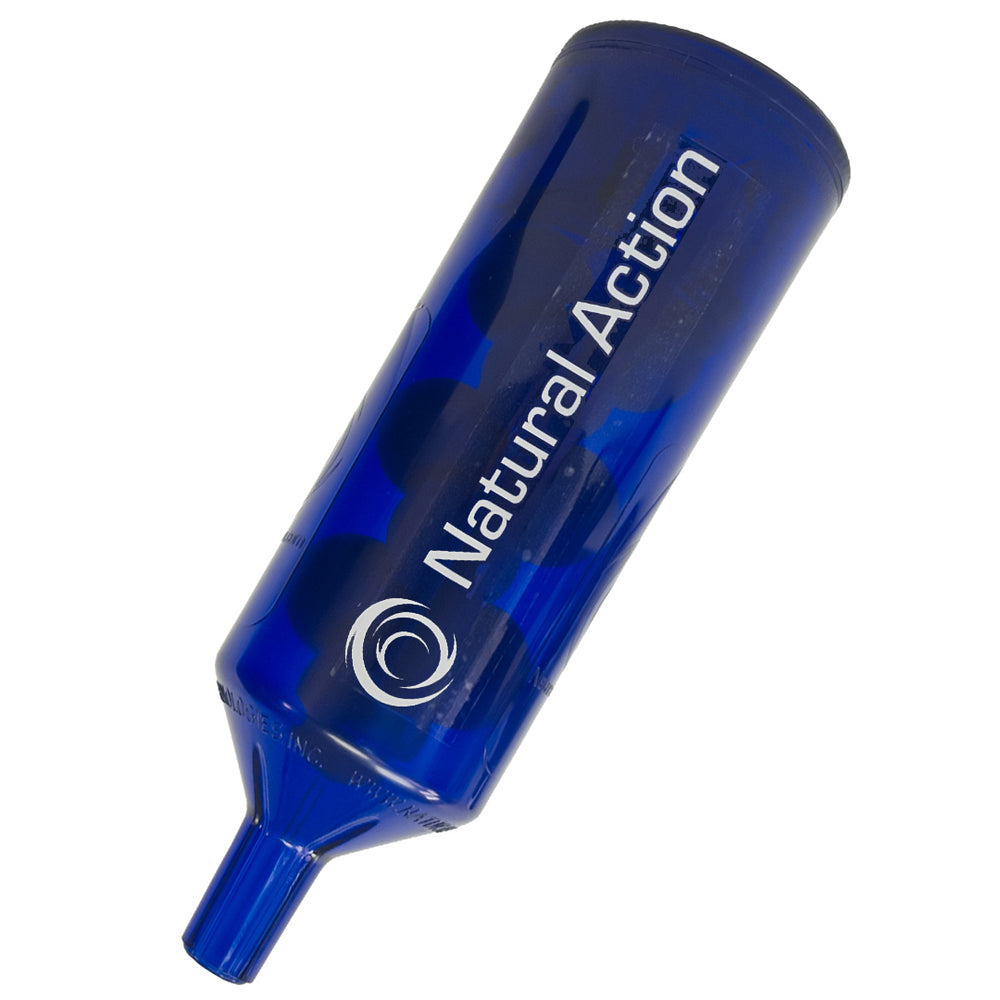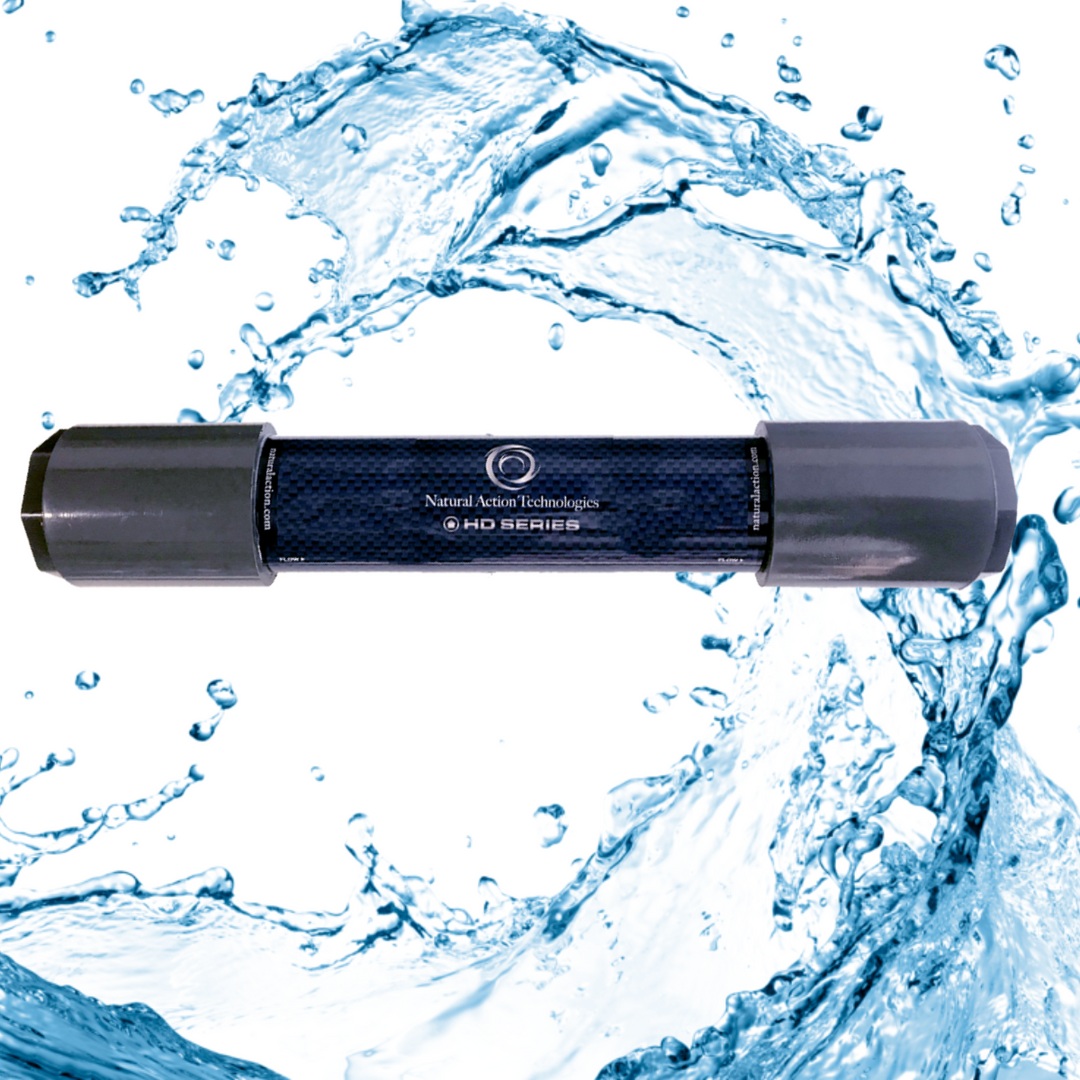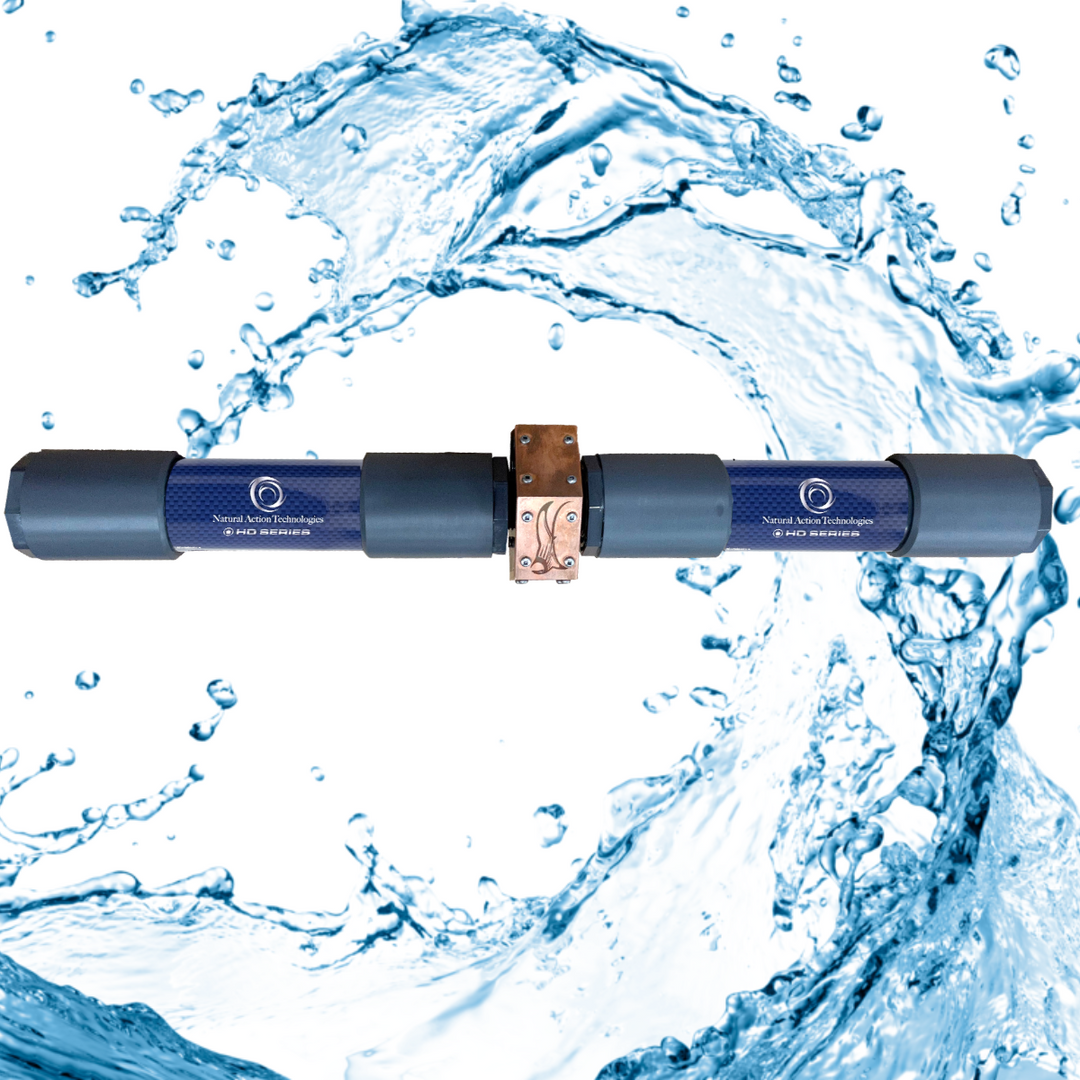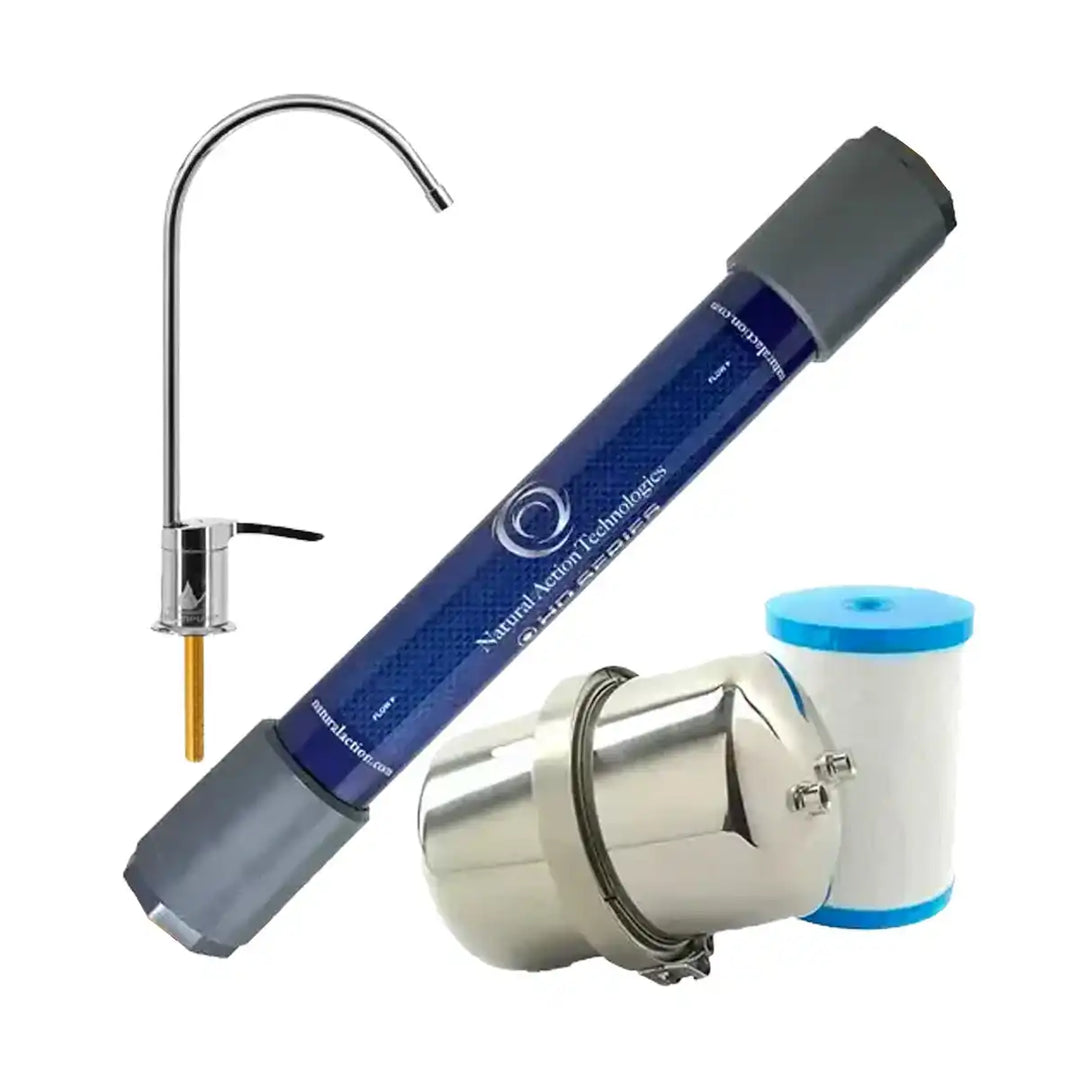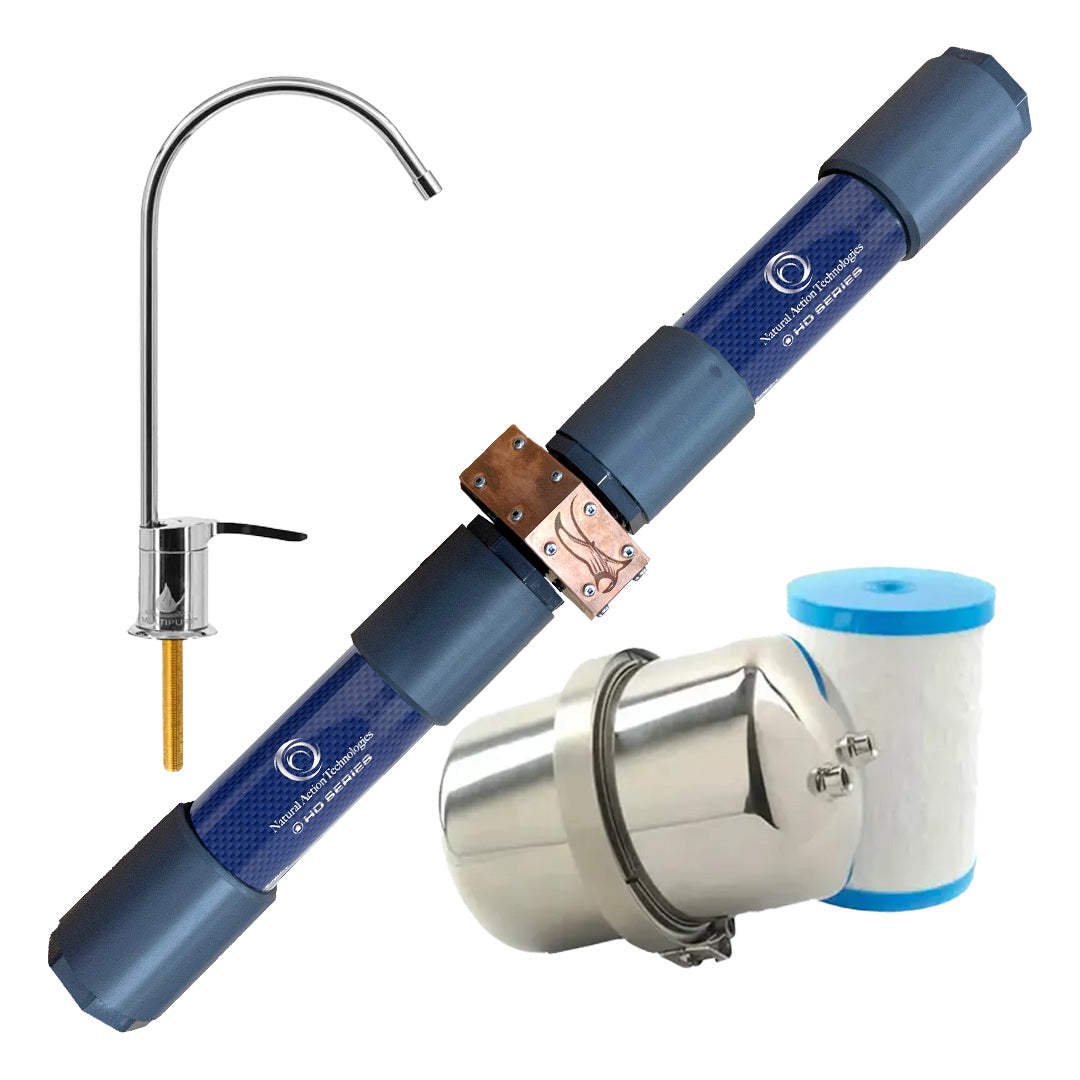This study was done by Furman Sensory Dynamics and shows the improvement of taste and mouthfeel that our Portable Revitalizer has on red wine.
The flavor and texture of a wine is determined by a number of factors. Differences between the proportions of each influencing factor will result in one wine having a slight or significantly different texture from another. This explains why there is variety in the texture of wine, from silky and velvety, to luscious and full-bodied.
Flavor and texture of red wines is due to tannins. They are derived from polyphenols released fro the skins, seeds and stems of the fruit and from the oak barrel that aged the wine. Red grape varieties have different levels and quality of tannin, which depend on the thickness of the skin, harness conditions and ripeness. The astringency and structure of the wine is also due to tennis.
Flavor and texture of white wines is also derived from acid. Different varieties had different textual effects from acid. A Chardonnay may have a rounded mouthfeel as apposed to the sharp mouth feel of Sauvignon Blanc. Warmer temperatures during growing seasons reduces acidity in the grapes. Early harvest helps to retain acidity.
Winemakers can use tannins, maceration times and solids leftover from crush, like grape skins, stems and seeds to build mouthfeel. White wines fermented and aged on the skins allow the winemaker to shape the tannin texture, as well as the color and flavor. The use of oak, clay or stainless steel to age, and the options to fine or filter have an impact of texture. Allowing a wind to remain on its yeast, or lees, suing aging, shapes the texture profile adding a creamy richness to the wine.
This sensory analysis explores the changes in the interring factors of four familiar national brands of wines when a method of structuring is applied. The wine is analyzed first from the bottle to glass from the winery as a control. The second part of the analysis includes pouring the wine from the bottle through our Natural Action Portable Revitalizer.
The wines are poured from the bottle through the Portable Unit, into the beaker and again from the beaker into the bottle. The third pass is from the bottle through the Portable into a tasting glass.
The first analysis of each sample is an eight point, 13 level flavor profile for fruit, dry/chalk, tannin, wood, earthy, toffee/cacao/brown spice, yeast/bready for red wines and fruit, dry/chalk, wood, tannin, floral, buttery, earthy, yeast/bready, for white wines.
The second is a 13 point analysis of the texture/mouthfeel of each sample determining harshness to smoothness.





